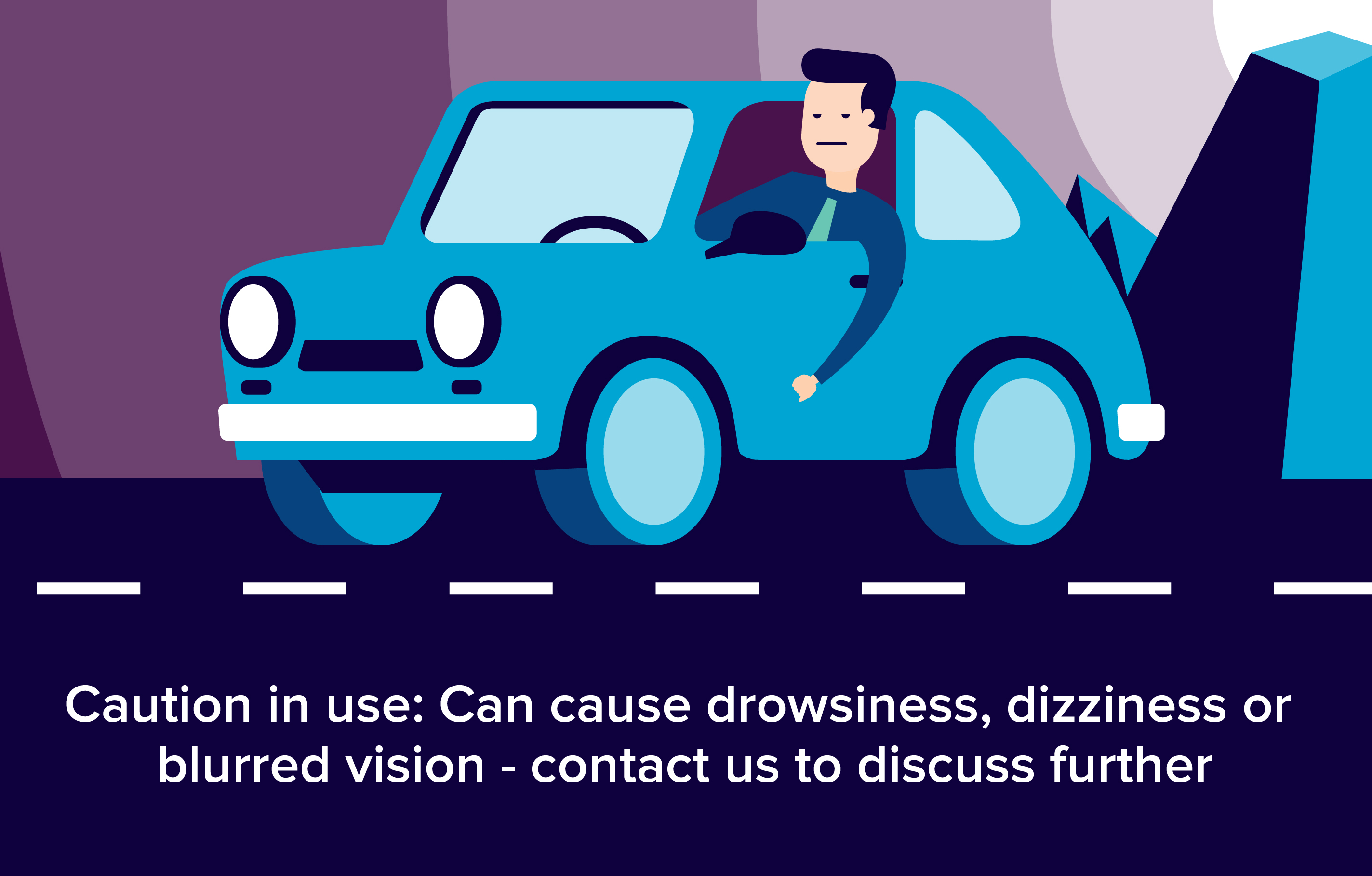Betnesol eye, ear and nose drops contain the active ingredient betamethasone, which belongs to a group of medicines known as corticosteroids. They are used for reducing inflammation.

What is it used for?
- Short-term treatment of inflammatory conditions of the eye.
- Inflammatory conditions of the ear, eg otitis externa.
- Inflammatory conditions of the nose.
How does it work?
- Betnesol eye, ear and nose drops contain the active ingredient betamethasone, which belongs to a group of medicines known as corticosteroids. They are used for reducing inflammation.
- Corticosteroids are hormones produced naturally by the adrenal glands that have many important functions, including control of inflammatory responses. Betamethasone is a synthetic corticosteroid that can be adminstered into the eyes, ears or nose to decrease inflammation in these areas.
- Inflammation occurs as a result of allergy or irritation and is caused by the release of substances that are important in the immune system.
How do I use it?
The usual dose is 1 or 2 drops put into the eye every one or two hours
Once the redness, itching and soreness starts to feel better, apply the drops less often.
- Tilt the head back
- Gently pull lower eyelid downwards and outwards
- Place drops in the gap between the lid and eye (squeeze bottle very gently if necessary)
- Blink a few times to spread out the drops
- Repeat for the other eye if needed.
Use with caution in
- Children.
- Nasal conditions in people who have recently had nasal surgery.
- Eye conditions in people with thinning of the cornea or sclera (the tissues which cover the outer surface of the eye).
Not to be used in
- Fungal, bacterial or viral infections of the eyes.
- Tuberculosis infection affecting the eye.
- Eye conditions that are producing pus.
- Inflammation of the front of the eye (cornea) or the membrane lining the eye (conjunctiva) due to the herpes simplex virus (herpetic keratitis).
- Glaucoma.
- Untreated ear or nose infections.
- Ear conditions in people with a perforated eardrum.
- Nasal conditions in people with tuberculosis affecting the lungs.
- These drops should not be used to treat a red eye that has not been diagnosed by a doctor, as inappropriate use can cause blindness.
- This medicine should not be used if you are allergic to one or any of its ingredients. Please inform your doctor or pharmacist if you have previously experienced such an allergy.
If you feel you have experienced an allergic reaction, stop using this medicine and inform your doctor or pharmacist immediately.
Pregnancy and breastfeeding
Certain medicines should not be used during pregnancy or breastfeeding. However, other medicines may be safely used in pregnancy or breastfeeding providing the benefits to the mother outweigh the risks to the unborn baby. Always inform your doctor if you are pregnant or planning a pregnancy, before using any medicine.
- The safety of this medicine for use during pregnancy and breastfeeding has not been established. The medicine may be absorbed into the bloodstream after topical application, particularly to the nose. It is not recommended for use during pregnancy or breastfeeding unless the potential benefits to the mother outweigh any possible risks to the baby. Consult your doctor for further advice.
Side effects
Medicines and their possible side effects can affect individual people in different ways. The following are some of the side effects that are known to be associated with this medicine. Just because a side effect is stated here does not mean that all people using this medicine will experience that or any side effect.
Possible side effects when the drops are used in the eyes are listed below.
- Local irritation, itching, stinging or burning sensation.
- Temporary blurred vision after putting the drops in the eye(s).
- Ulceration of the front part of the eye (cornea).
- Increase in the pressure inside the eye (glaucoma) which may lead to problems with your sight.
- If used in the eye frequently or for long periods of time, corticosteroids such as this one can cause partial loss of vision due to cloudiness in the lens of the eye (cataracts).
- Dilated pupils.
- Drooping of the eyelid.
- Inflammation of the outer surface of the eye.
Possible side effects when the drops are used in the nose are listed below.
- Nasal irritation and dryness.
- Sneezing.
- Headache.
- Lightheadedness.
- Itchy rash.
- Nausea.
- Nosebleeds.
- Asthma.
- Perforation or ulceration of the nasal septum.
- Disturbance to sense of smell or taste.
- Slowing of growth has been reported in children. Children's height should be monitored if treatment with this medicine is prolonged.
Possible side effects when the drops used in the ear are listed below.
- Local irritation, itching, stinging or burning sensation.
- Dermatitis.
The side effects listed above may not include all of the side effects reported by the medicine's manufacturer.
For more information about any other possible risks associated with this medicine, please read the information provided with the medicine or consult your doctor or pharmacist.
How can this medicine affect other medicines?
- It is important to tell your doctor or pharmacist what medicines you are already using, including those bought without a prescription and herbal medicines, before you start treatment with this medicine. Similarly, check with your doctor or pharmacist before using any new medicines while using this one, to ensure that the combination is safe.
- If you are using any other types of eye, ear or nose drop you should administer them at least five minutes apart, to prevent the second drop washing away the first. Use gels or ointments last.
References:
http://www.sanofi-aventis.co.uk/products/Priadel_SPC.pdf
https://imedi.co.uk/betnesol-n-eye-ear-and-nose-drops
http://www.netdoctor.co.uk/medicines/eyes/a7841/betnesol-eye-ear-nose-drops/
http://patient.info/medicine/betamethasone-nose-drops-betnesol-vistamethasone
http://patient.info/medicine/betamethasone-ear-drops-betnesol-vistamethasone
https://www.drugs.com/uk/betnesol-eye-ear-and-nose-drops-solution-0-1-w-v-leaflet.html

